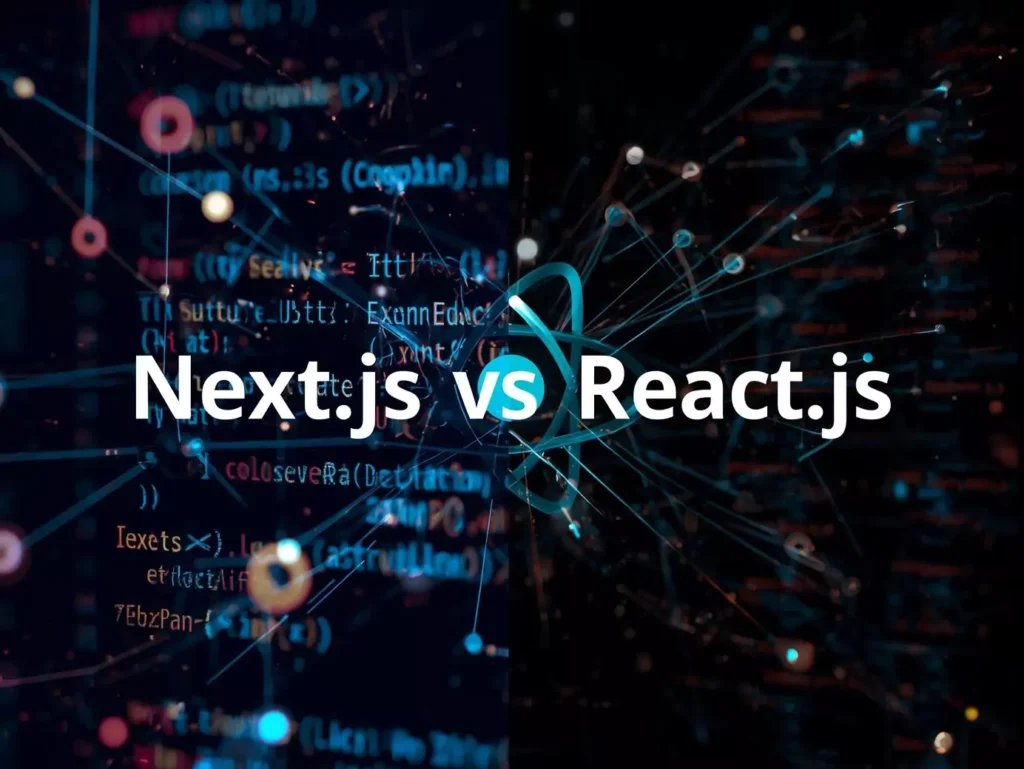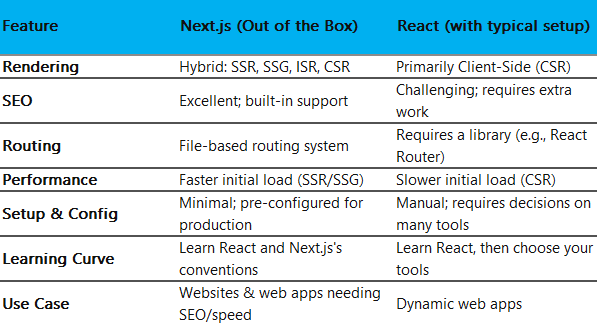We are moving from a world of static apps to...



Master the art of AI communication. Learn advanced prompt engineering...
Discover how machine learning algorithms are revolutionizing cyber defense, enabling...